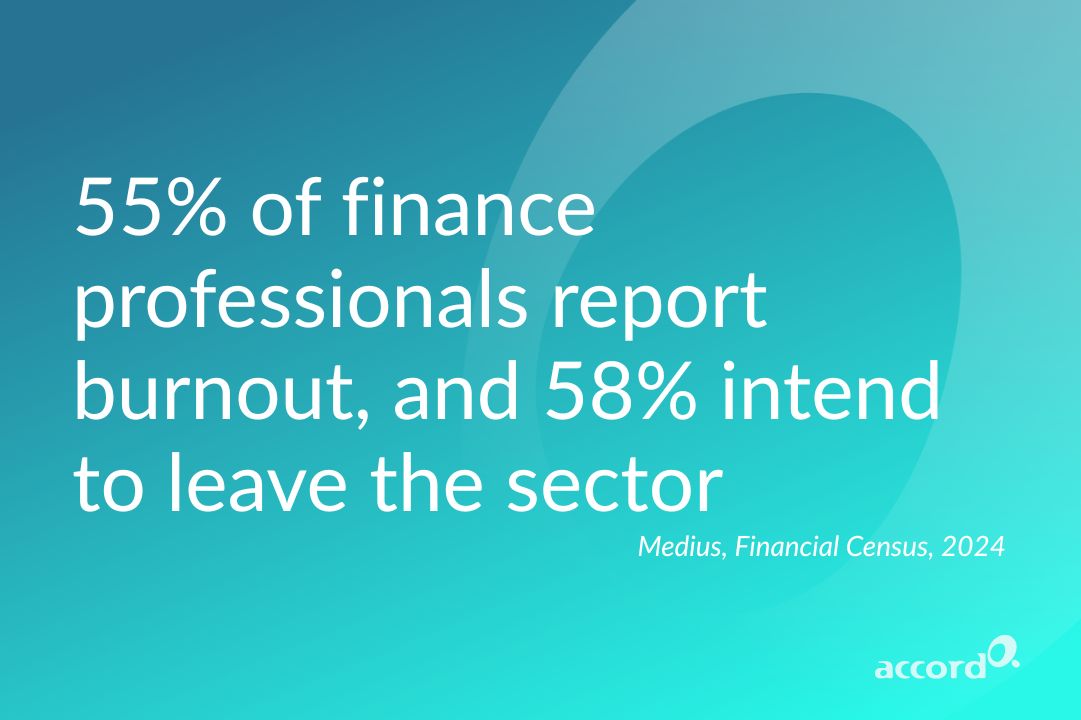Struggling with outdated finance tools? Spot the 7 signs your system is holding you back and see what modern finance teams are doing differently
Your finance system should accelerate decisions, not slow them down. When everyday tasks feel harder than they should, the issue often lies with the tools you rely on rather than your team.
You might recognise the warning signs: month-end drifts into the new period, reports take hours to compile, data doesn’t match across spreadsheets, and audits turn into fire drills. These problems drain time, increase risk, and block growth.
This article helps you identify seven clear signals that your finance system is holding the business back. You’ll see what to look for, why it matters, and what good looks like so you can plan a practical path forward.
Sign #1 – Slow, Manual Processes
If your team is still pulling data from multiple sources, updating spreadsheets manually, or waiting days for approvals, it’s a clear sign your finance system isn’t keeping up.
Manual processes slow everything down. They increase the risk of human error, waste time, and make it harder to focus on the work that actually drives business forward.
According to The CFO, 58% of finance leaders still rely on Excel as their main tool for process automation, while over a quarter of finance departments don’t use any automation at all. That’s not sustainable for a growing organisation.
The longer your team spends on repetitive tasks, the less time they have to deliver insights or steer strategy. It also means month-end reporting takes longer than it should, and simple questions from the board become harder to answer.
Sign #2 – Lack of Real-Time Financial Visibility

If you can’t access accurate financial data on demand, you're forced to make decisions based on outdated information—or worse, guesswork.
Without real-time visibility, leadership teams struggle to spot issues early or respond quickly to change. Reporting becomes reactive rather than strategic, and small problems go unnoticed until they become costly.
A recent survey found that 70% of CFOs still rely on Excel for core reporting and forecasting, increasing the risk of errors and delays. And research shows that businesses using real-time reporting achieve 20% higher accuracy in their planning processes.
Sign #3 – Compliance & Audit Challenges
Finance leaders are under growing pressure to meet evolving regulations, reduce risk, and stay audit-ready at all times. But if your system isn’t built with compliance in mind, it’s an uphill battle.
Disparate systems, manual approvals and missing audit trails make it harder to meet regulatory standards. And when your data is scattered or unreliable, even basic audits become lengthy, stressful and costly.
In 2024 alone, 140 companies were forced to restate their financials due to material errors — the highest level seen in nearly a decade. These aren’t isolated incidents; they’re the result of weak controls, poor visibility and outdated systems.
Sign #4 – Difficulty Scaling Financial Operations
Growth shouldn’t come with growing pains for your finance team. But if adding new entities, currencies or revenue streams makes reporting harder — not easier — your system may be holding you back.
Legacy systems often struggle to keep pace with change. Processes that once worked for a single entity become unmanageable across multiple business units. Manual consolidations take days. Inter-company transactions require workarounds. Month-end becomes a constant source of stress.
And the more your business grows, the worse it gets.
Sign #5 – Frustrated Finance Teams

If your finance team is regularly working long hours, facing repeated errors, or expressing dissatisfaction with their tools, morale may be eroding — and retention could be under threat.
Tasks such as manual data entry, chasing approvals, and cleaning inconsistent reports are exhausting. According to Medius, 55% of finance professionals report burnout, and 58% intend to leave the sector, citing resource constraints and routine workflows as key factors. Many also say lack of automation leaves them under‑utilised and burnt out.
Other research reveals that over 58% of finance and accounting professionals cite poor work‑life balance as a burnout driver, while 83% feel they lack sufficient time for focused, meaningful work. These pressures intensify in finance functions relying heavily on manual processes.
This level of frustration matters. High staff turnover and low morale undermine department effectiveness. Talent shortages are already widespread: 84% of surveyed CFOs in the UK and US report challenges recruiting sufficient finance staff — often linked to burnout and repetitive workflows.
Sign #6 – Inconsistent Data Across Systems
When your finance data lives in separate silos — across ERP, CRM, billing or spreadsheets — it becomes impossible to trust what you see. Inconsistent or duplicated records lead to frustration, misreporting and wasted time.
Businesses across sectors report this issue frequently. An estimated 60 % of organisations experience discrepancies in their financial data each year. These discrepancies undermine decision-making, delay reporting and elevate compliance risk.
Errors stem from manual inputs, duplication, misclassification, timing mismatches and legacy systems that don’t communicate effectively. The average business now loses around 27% of employee time correcting bad data, with poor data quality linked to annual financial losses averaging USD 15 million.
Misaligned ledgers make consolidations harder and reconciliation more prone to error. Simple issues — such as one division using outdated customer terms while another updates pricing — can ripple through financial reports, budgets and forecasts.
Sign #7 – Poor Forecasting & Budgeting Capabilities

When your system makes it difficult to plan ahead or adapt quickly, decision-making becomes reactive. Poor visibility into future performance can lead to missed targets, cash shortfalls or wasted resources.
According to Pro CFO, 82% of small businesses fail due to poor cash flow management — often the result of weak forecasting and limited planning tools. Despite this, 93% of finance executives still lack access to real-time forecasting tools, making it harder to respond to change when it matters most.
Without reliable forecasts, finance teams are left to rely on outdated assumptions and spreadsheets that quickly lose relevance.
Why Sage Intacct Is the Right Solution for Your Business
Once you’ve outgrown manual workarounds and legacy tools, it’s time for a finance system that delivers accuracy, flexibility and control. Sage Intacct provides exactly that.
- AI-powered automation
-
Sage Intacct takes care of approvals, consolidations, reconciliations and reporting. Tasks that once took hours can now be completed with a few clicks. Your team gains back valuable time to focus on analysis and decision-making.
- Real-time dashboards
-
With live data accessible anytime, Sage Intacct helps finance leaders spot issues early and respond quickly. Dashboards are tailored to your role, whether you’re tracking spend, performance or working capital across the group.
- Compliance, built-in
-
You don’t need separate tools or workarounds to stay compliant. Sage Intacct includes role-based controls, complete audit trails and clear approval paths — so you’re always prepared for audits and internal reviews.
- Scalable architecture
-
Growth shouldn’t create complexity. Sage Intacct supports multi-entity and multi-currency operations from day one. It handles intercompany eliminations, currency conversions and group reporting automatically, without requiring external spreadsheets or manual adjustments.
Conclusion
If your finance system is slowing you down, the impact extends beyond the finance team. Delayed decisions, inaccurate reporting, and rising workloads hold the entire business back.
The signs are clear: manual processes, inconsistent data, limited visibility, and tools that can’t scale. These aren’t just operational frustrations — they’re barriers to growth.
Upgrading to a modern financial management platform like Sage Intacct gives your team the tools they need to move faster, stay compliant, and plan with confidence.
Take the first step toward greater clarity and control, learn more about Sage Intacct today: